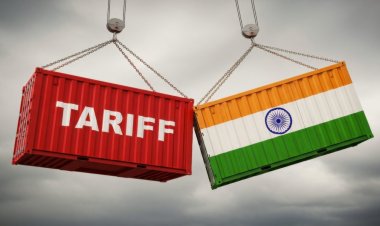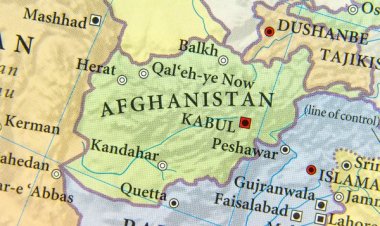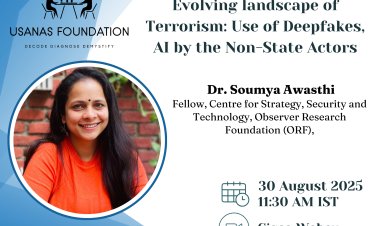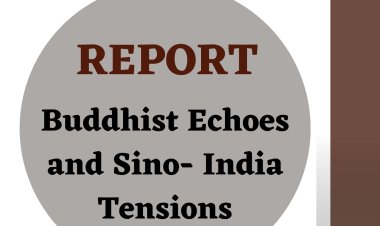Humanity’s Responses to Pandemics in History
The recent spread in the number of Covid cases in China is a matter of serious concern. The state crackdown following a surge in the number of cases, leading to funeral homes and crematoriums struggling to meet the rising demand has exposed the dire nature of humanity
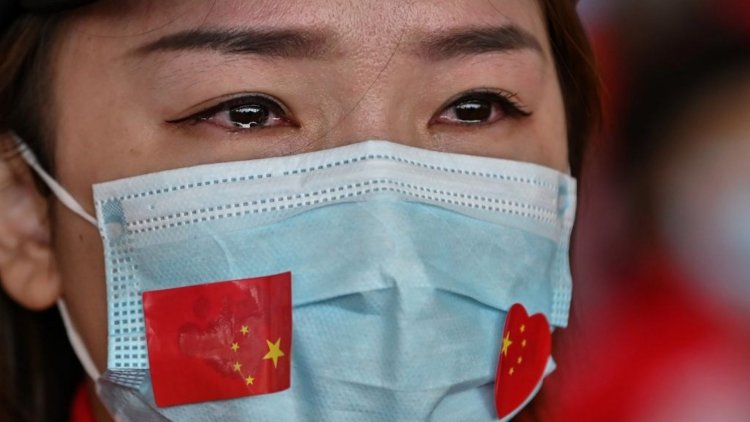
Commentary
By Peder Foss
The recent spread in the number of Covid cases in China is a matter of serious concern. The state crackdown following a surge in the number of cases, leading to funeral homes and crematoriums struggling to meet the rising demand has exposed the dire nature of humanity. The world has been through a pandemic, and as we can observe, the COVID-19 virus is still infecting people Thus, it is time to evaluate our response to the pandemic and our learning from previous epidemics and pandemics. This paper is a discussion about how humanity has responded to previous epidemics and pandemics.
The COVID pandemic is not the first pandemic and it will not be the last either. Humanity has suffered through other pandemics. The flu of 1918 is considered to be the worst of them all. It is also called the Spanish flu because the Spaniards were the first to write about it when all other countries were fighting the First World War and the media was censored. The Spanish flu most likely began in the American Midwest. The flu appears at the wrong time for humans, but at the right time for the pathogen, the flu virus A H1N1. The United States of America had just joined the First World War and was ramping up its armed forces. Military camps were created to train the soldiers before transporting them to France. These camps were a perfect breeding ground for the flu virus and more and more soldiers got infected. The first wave of the pandemic had just started and it would get much worse.
When the American soldiers arrived in France, they carried the virus with them and infected the French population and other allied soldiers. The virus mutated, entering the second wave of the pandemic which was more damaging than the first one. It returned to the US and then something happened which can be a lesson for us, drawn from the pandemic of 1918. We can compare the response to those in Philadelphia and in San Francisco.
The military hospitals in Philadelphia were overwhelmed by the number of ill service personnel and decided to transport patients to the civilian hospitals in the city. The virus began to spread among the staff and soon the Philadelphia hospitals were lacking trained personnel to handle all the sick and dying. Philadelphia's political leadership was planning to hold a military parade to increase the support for the troops and for the war bonds. Despite the healthcare professionals’ pledge to cancel the parade, the politicians decided to have the parade. A few days later, the whole of Philadelphia collapsed. The hospitals were overwhelmed, doctors and nurses were getting infected and the death rate increased. Even the transport of the deceased to the morgues stopped. The hospitals began to store the corpses outside. The logistical system in the city collapsed and people began to store the dead bodies on balconies, alleys, porches, and in their homes. The contemporary texts describe the stench of death in Philadelphia.
The response in San Francisco was different. The authorities in San Francisco acted by implementing preventive measures. The port was in quarantine. The city itself was divided into sections that could have been closed off in the event of an outbreak. San Francisco avoided the worst impact of the pandemic. They were hit during the third wave of the pandemic, but that one was less virulent because they opened up the society too fast.
The mortality rate of the Spanish flu was much higher due to the fact there were neither ventilators nor any antibiotics at the time. A lot of the victims of the Spanish flu contracted bacterial infections, which increased the mortality rate.
There were other pandemics after the Spanish flu, but none of them were as bad as the Spanish flu. The Asian flu in 1958 and the Hong Kong flu in 1968 are a few of them. Smallpox caused a lot of suffering until the World Health Organization (WHO) eradicated the disease in the late 1970s.
The epidemic of Tuberculosis (TB) caused a lot of suffering as well. It was called the white death as its victims got pale. TB is also called the King's evil. The bacteria Mycobacterium Tuberculosis causes it. It is treatable, but it takes a long time to be cured of it. There are strains of multi-resident TB bacteria, which raises concerns. Multi-resident pathogens are a major threat. Humanity is up against the evolution of the existing pathogens and old diseases will be a major problem if and when we are losing antibiotics. There is interesting scientific research about crocodiles and similar reptiles (alligators and caimans). These animals have natural antibiotics and those can be useful to develop new antibiotics. These reptiles are prone to get severe injuries, but they do not succumb to infections despite living in pathogen-infested waters and mud. Thus, I suggest countries with these reptiles should promote research on them.
The world has faced several pandemics since the Spanish flu, and we actually have four pandemics right now i.e. COVID, HIV/AIDS, Malaria, and Dengue fever. Other outbreaks have caused concerns and a warning to us all. SARS, MERS, swine flu (also an A H1N1 flu virus), and the appearance of multi-resident bacterial pathogens are a few examples. The Ebola virus causes major concerns because it has a huge weapon potential and it is getting harder and harder to contain outbreaks.
We are slowly getting through a pandemic. The COVID-19 pandemic caused a lot of problems for countries’ healthcare systems and a lot of fatalities. The Spanish flu caused a lot of fatalities because of the Great War and the soldiers were transported around the world. If the outbreak had occurred before or after the Great War, it may have stayed in Kansas. Our world is very different from how the world looked in the early 20th century. Pathogens can travel the world within incubation times and the world is interdependent. The COVID pandemic is the latest major pandemic, but it will not be the last pandemic. Other pandemics will occur, and there are concerns about the different bird flu viruses that are able to be zoonotic (diseases that are transmitted from one species to another species). These viruses are a health hazard when the mortality rate is much higher than previous flu viruses.
The response to the COVID outbreak did not work well despite a majority of countries having implemented plans for a pandemic. Something went wrong and the response was often late, or the threat was ignored. We need to begin to learn from the COVID pandemic. COVID could have been much worse than it was. It was more contagious than MERS and SARS, but less lethal.
The big question is; what shall we do about our failure to contain COVID? If one of the bird flu viruses mutates and becomes contagious like other flu viruses, we will face a huge problem. The early warning system did not work during the first SARS outbreak, and it did not work when COVID showed up in China. Can we trust China to warn the world if another pathogen causes a health hazard? The only thing that works to prevent outbreaks is quarantine or vaccinations. There will not be a vaccine for a novel virus, so quarantine is the only option left to deal early with an outbreak.
That means stopping international travel fast. The impact on the global economy will be severe, although, what else can we do to prevent countries’ healthcare systems from crashing or seeing a huge degree of fatalities? One option is, all countries must be self-sufficient to provide basic food production and basic health care to all their citizens. The latter will be a huge problem when it may cause more fatalities than the pathogen. It will also be a huge problem for the under-developed and developing countries dependent on food deliveries. We need to do something and do it better than we did when COVID appeared because this will happen again and again.
We are running out of antibiotics and novel viruses are a threat. There is an expression from the Spanish flu that states, “We all heard the bells”, and we will hear the bells again. Humanity did not learn much from the earlier pandemics, we must learn from this one. Humanity also showed us something positive, that is, how we can work together and solve problems. Let us continue to use our ability to solve problems to be better prepared the next time humans face a pathogen.
Disclaimer: This paper is the author's individual scholastic contribution and does not necessarily reflect the organization's viewpoint.

